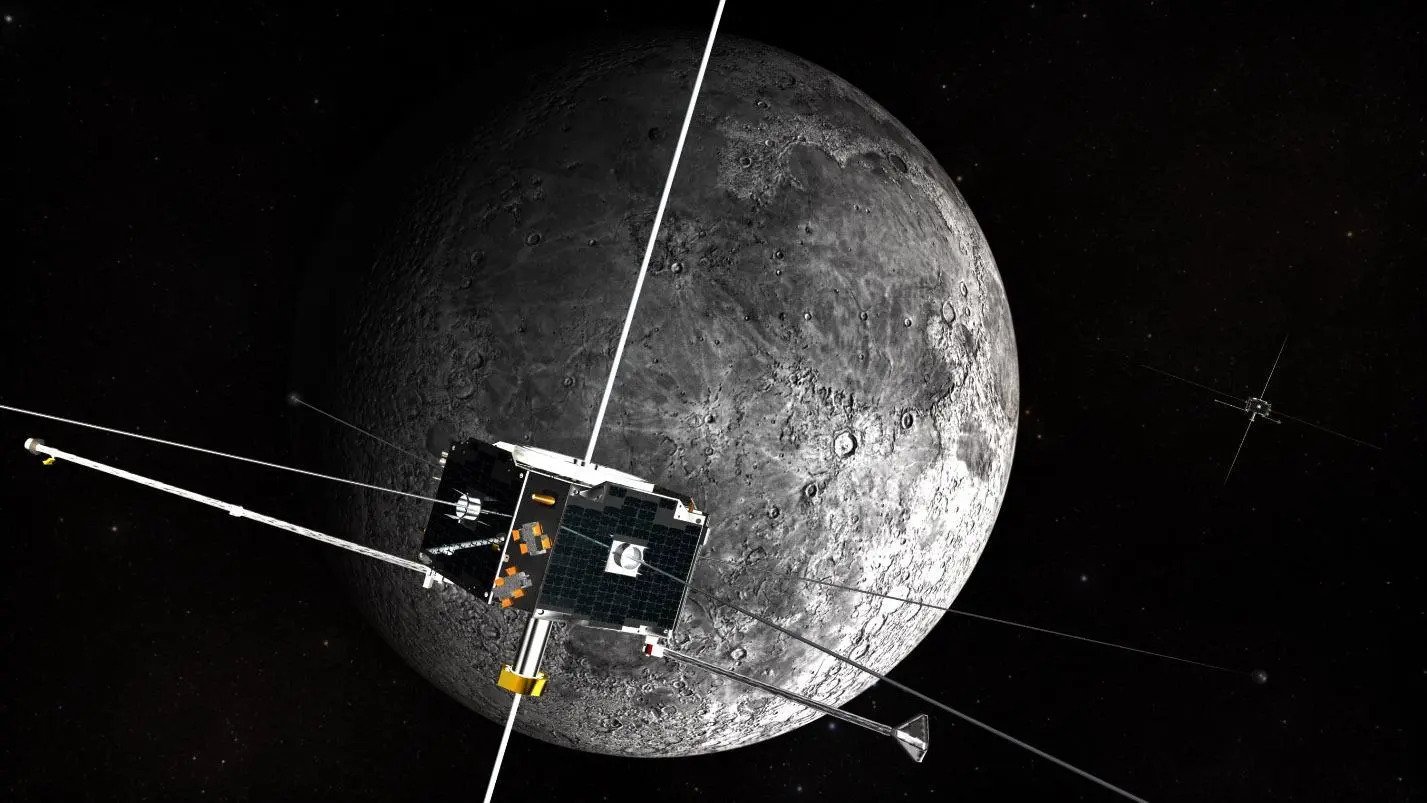KBR, which is one of the small partners of the US Department of Defense and NASA, will explore non-traditional orbits that lie higher than geostationary. The US military has repeatedly expressed interest in them.

Non-traditional orbits
A fairly little-known company, KBR, recently received an order from the US Air Force Research Laboratory for the study of so-called non-traditional orbits. This became known from the message of the US Department of Defense, published on July 28.
It follows from the message that its goal is “a better understanding of chaotic orbits in the XGEO region,” and its cost is 24.9 million US dollars. It also makes it clear that we are talking about orbits that are higher than geostationary, that is, with an altitude exceeding 35786 km.
The US military has been interested in them for a long time, given the possibility of placing communication satellites and missile attack warnings there. Apparently, they should consist of many satellites because the work is aimed at supporting “the development of reliable capabilities for better understanding and forecasting movement, combining data, determining the initial orbit, and detecting maneuvers”.
Why exactly did KBR receive this order?
The story of why KBR received this order is quite interesting. A competition was announced for the implementation of the relevant works; everything was as it should be, but exactly one application came for it, and it was not surprising that it won.
Until now, KBR has been just one of NASA’s many small contractors. It has several contracts with the same Air Force laboratory for the operation and maintenance of sensor facilities, as well as for the management of research projects for the study of outer space. Last year, the company won a contract worth USD 39.5 million to analyze the impact of natural and man-made threats on spacecraft in orbit.
The Space Vehicles Directorate is also funding a flight experiment called Orion, aimed at monitoring deep space, far beyond Earth’s orbit. In November, the laboratory signed a USD 72 million contract with Advanced Space to develop a spacecraft for the Oracle mission.
According to spacenews.com
Follow us on Twitter to get the most interesting space news in time
https://twitter.com/ust_magazine
